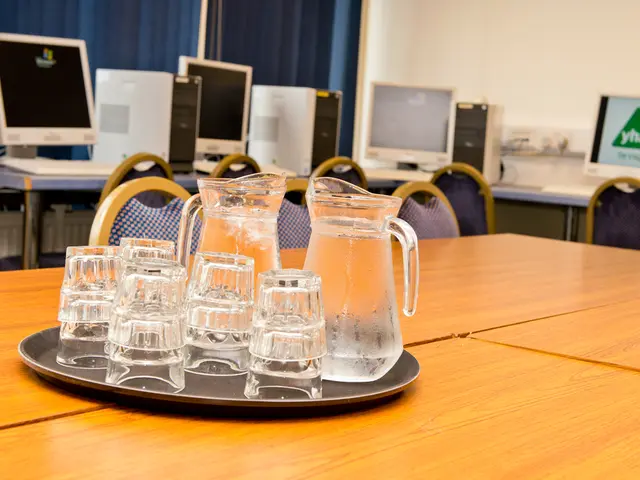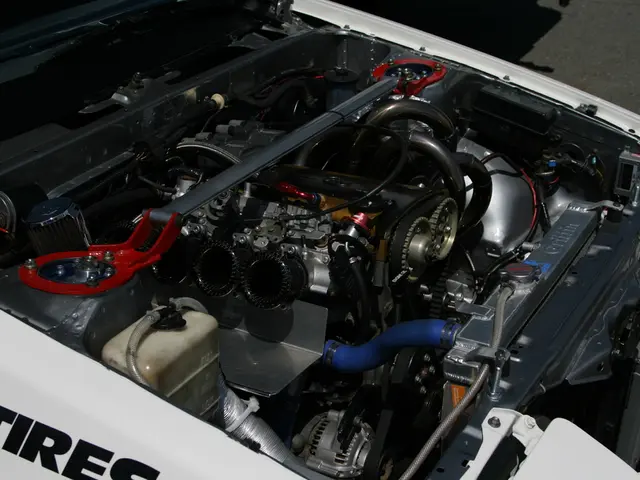WordPress Theme Explained: A Comprehensive Guide for Newcomers
Customizing and Maintaining Your WordPress Theme: A Comprehensive Guide
A WordPress theme is a crucial component of your website, shaping its design, layout, and functionality. In this article, we'll guide you through the process of installing, customizing, updating, and troubleshooting WordPress themes, ensuring your site looks and performs its best.
Installing a WordPress Theme
To install a theme from the dashboard, navigate to Appearance > Themes, click Add New, search for a theme, then Install and Activate. For advanced users, themes can be installed via FTP by uploading the theme folder to /wp-content/themes/ and activating it under Appearance > Themes.
Choosing the Right Theme
When selecting a theme, consider defining your purpose, prioritizing mobile responsiveness, looking for SEO optimization, checking plugin compatibility, evaluating speed and performance, reviewing updates and support policies, reading ratings and reviews, using theme detector tools, and testing the demo thoroughly.
Customizing Your WordPress Theme
The WordPress Customizer is a powerful tool for making basic adjustments like site identity, colors, fonts, layouts, and menus. For more advanced design tweaks, consider leveraging theme settings panels or page builders like Elementor, WPBakery, or SeedProd.
Updating a WordPress Theme
To update a theme, go to Appearance > Themes, and if an update is available, click Update Now. Always preview the theme's demo, check reviews, and confirm ongoing support before making a purchase.
Advanced Customization
For precise design tweaks beyond standard settings, add custom CSS carefully. However, avoid editing core theme files directly via the Theme Editor to prevent issues during updates. Instead, use child themes or custom CSS for advanced modifications.
Maintaining Your WordPress Theme
Regular updates are essential to maintain your WordPress theme and keep your website secure, functional, and compatible with the latest version of WordPress. Remove unused themes and plugins to reduce security risks and keep the site lean.
Ensuring Responsiveness and Mobile-Friendliness
Ensure your theme is responsive and mobile-friendly for good usability across devices. Test the website on multiple devices and browsers to guarantee consistent appearance and behavior.
Ongoing Maintenance
Perform ongoing website maintenance by monitoring uptime, checking for broken links, auditing user roles, scanning for malware, and reviewing analytics to optimize user experience and functionality.
Premium Themes
Premium WordPress themes are sold through theme marketplaces and offer advanced customization and features. Always preview the theme's demo, check reviews, and confirm ongoing support before making a purchase.
Free Themes
Free WordPress themes are available at no cost and are ideal for beginners or small projects. The WordPress Theme Repository at WordPress.org is the go-to source for free WordPress themes.
Multipurpose and Niche Themes
Multipurpose WordPress themes are versatile frameworks designed to work for various industries and site types, while niche themes target a specific industry or website type.
Troubleshooting Common Theme Issues
Troubleshooting common theme issues includes solving compatibility issues, slow theme performance, broken layouts or missing widgets, and the White Screen of Death.
In summary, start customization with WordPress's built-in tools, use page builders for advanced but code-free design, add custom CSS carefully, avoid direct theme file edits, and always back up before changes. For maintenance, keep themes updated, test post-update functionality, remove unused elements, and monitor security and performance continuously.
- When delving deeper into design and functionality, artificial intelligence can be employed to automate certain aspects of customizing your WordPress theme, such as automatically adjusting layouts and colors based on your preferences.
- In today's fast-paced business environment, keeping your WordPress theme up-to-date is crucial, as it not only ensures technology compatibility but also food for thought regarding user experience and overall site performance, much like the way food preparation and presentation have evolved with technology advancements in modern restaurants.
- As you embark on your journey of customizing your WordPress theme, it's worth noting that the technology landscape is continually evolving, with gadgets, such as virtual reality headsets, representing the future of immersive web experiences and potentially becoming integral components of your website's design and user interface.




